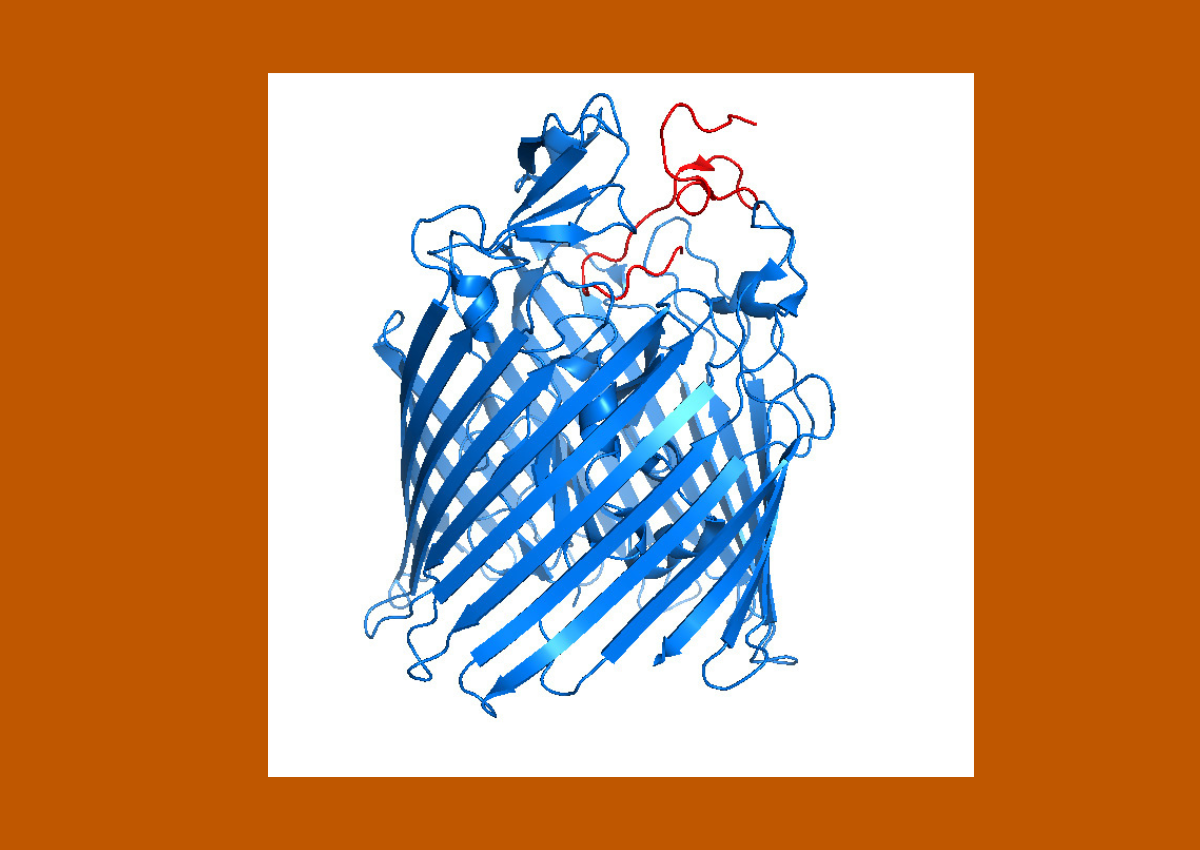High-Resolution Structure Reveals How Microcins Target Bacteria
The Davies Lab and NIH researchers reveal the first high-resolution structure of a microcin binding its bacterial receptor.

Microsin binding structure.
Image credit: Dr. Bryan Davies
Researchers in the Davies Lab and the National Institutes of Health have unveiled the first high-resolution structure of a microcin binding its bacterial receptor—marking another step forward in the fight against drug-resistant infections. The study was published in the October 9, 2025 Communications Biology online edition.
Gram-negative bacteria, known for their tough outer membranes, pose a significant challenge to treating drug-resistant infections. Microcins, a class of naturally occurring antimicrobial proteins, offer a promising solution by hijacking bacterial transport systems to gain entry. The new structural discovery by the Davies Lab and NIH reveals key interactions that enable microcins to kill bacteria. These findings pave the way for further exploration of microcins as potent and specific antibacterial drugs to combat resistant pathogens.



